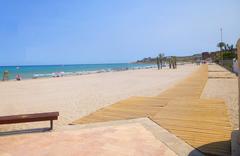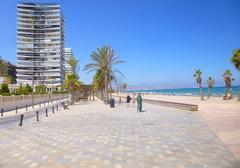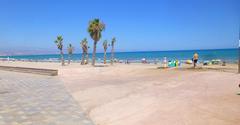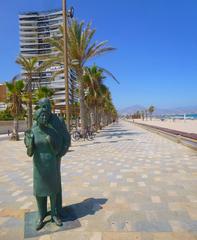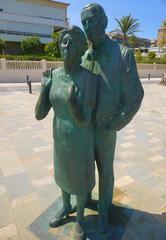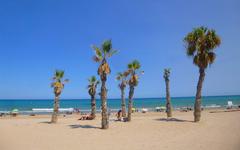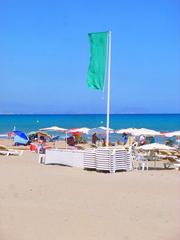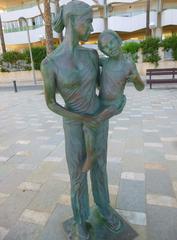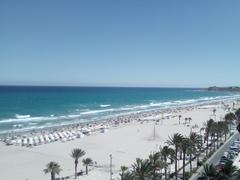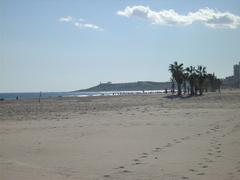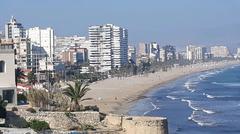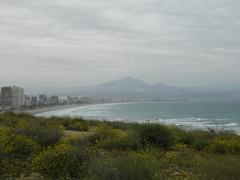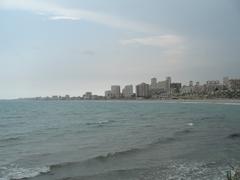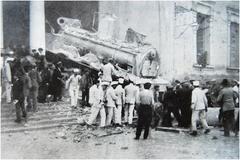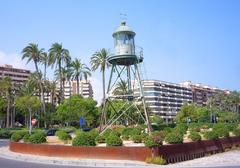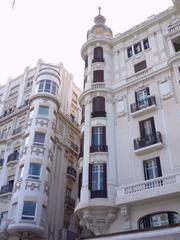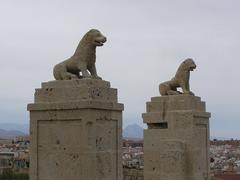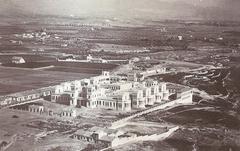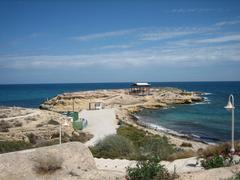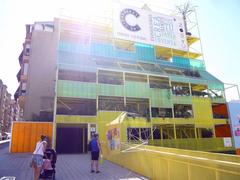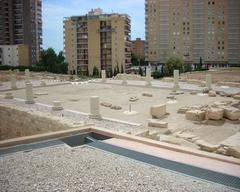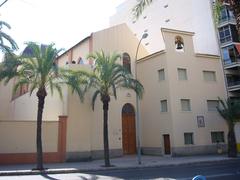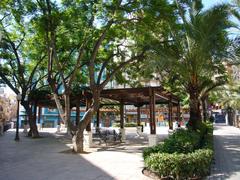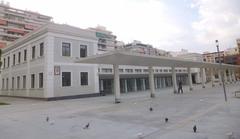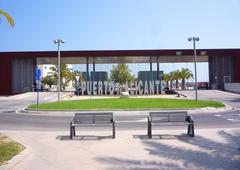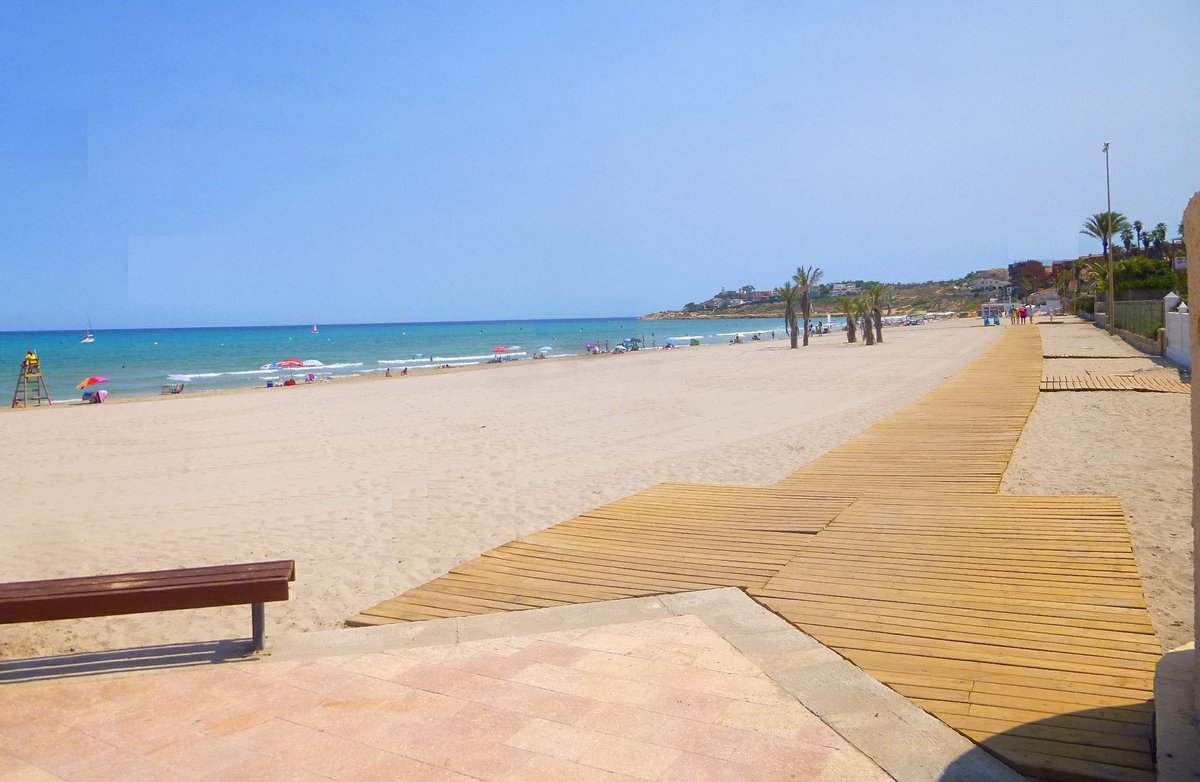
Comprehensive Guide to Visiting Playa de San Juan, Alicante, Spain
Date: 24/07/2024
Introduction
Playa de San Juan, located in the picturesque region of Alicante, Spain, is a destination that seamlessly blends history, culture, and modern attractions. This stunning beach, known for its white sandy shores and crystal-clear waters, stretches over 7 kilometers, making it one of the longest and most captivating beaches in Spain. The beach’s rich history dates back to the 3rd century BC when it was part of the ancient region of Lucentum, a fortified Roman settlement. Over the centuries, Playa de San Juan has witnessed significant cultural shifts, from Moorish influences during the medieval period to its transformation into a popular tourist destination in the early 20th century. Today, Playa de San Juan is renowned for its Blue Flag status, attesting to its high standards of cleanliness and excellent facilities (Blue Flag). The beach is also a hub of cultural activities, with events like the Hogueras de San Juan festival drawing thousands of visitors annually (Hogueras de San Juan). This comprehensive guide will explore the historical significance, visitor information, travel tips, nearby attractions, and much more to ensure an unforgettable experience at Playa de San Juan.
Table of Contents
- Introduction
- History and Significance
- Visiting Hours and Tickets
- Travel Tips
- Significance in Tourism
- Cultural Impact
- Economic Importance
- Environmental Conservation
- Architectural Highlights
- Nearby Attractions
- Future Prospects
- Conclusion
- FAQ
History and Significance
Early History
Playa de San Juan, part of the ancient region of Lucentum, boasts a history dating back to the 3rd century BC. The Romans established a fortified settlement here, remnants of which can be seen at the Lucentum Archaeological Site.
Medieval Period
The area saw significant Moorish influence from the 8th to the 13th centuries, evident in the local architecture and culture. The Reconquista in the 13th century marked the establishment of Christian settlements and fortifications.
Modern Development
In the early 20th century, Playa de San Juan transitioned from a fishing village to a tourist hotspot. The TRAM Metropolitano de Alicante, built in the 1950s, improved accessibility and boosted tourism.
Visiting Hours and Tickets
Playa de San Juan is open to the public year-round, with no entrance fee. However, certain attractions, such as the Lucentum Archaeological Site, may have specific visiting hours and ticket prices. For the most accurate and up-to-date information, visit the official Alicante tourism website.
Travel Tips
- Best Time to Visit: The best time to visit Playa de San Juan is during the spring and fall when the weather is pleasant, and the beach is less crowded.
- Getting There: Fly into Alicante-Elche Airport, located about 25 kilometers from Playa de San Juan. Use the Alicante Tram for convenient local travel.
- Local Amenities: The beach area is lined with restaurants, shops, and hotels, offering a range of options for dining and accommodation.
Significance in Tourism
Spanning over 7 kilometers, Playa de San Juan is famous for its fine golden sand and clear blue waters. Its Blue Flag status attests to its high standards of cleanliness and excellent facilities. More about the Blue Flag program can be found on their website.
Cultural Impact
Playa de San Juan hosts numerous cultural events, with the Hogueras de San Juan in June being the highlight. This UNESCO-recognized festival features bonfires, fireworks, and parades, drawing thousands of visitors annually. Learn more about the festival here.
Economic Importance
Tourism significantly boosts the local economy, providing employment and supporting businesses. According to the Alicante Tourism Board, tourism is a major contributor to the region’s GDP.
Environmental Conservation
Ongoing efforts to preserve Playa de San Juan’s natural beauty include beach clean-ups and marine life protection initiatives. These measures ensure the beach remains a sustainable destination.
Architectural Highlights
The beachfront features modern apartment buildings and luxury hotels, while inland areas showcase traditional Spanish architecture, creating a unique blend of old and new.
Nearby Attractions
- Santa Barbara Castle: A historical site offering panoramic views of Alicante.
- Explanada de España: A beautiful promenade lined with palm trees and mosaic tiles.
- Alicante Museum of Contemporary Art (MACA): Showcases modern and contemporary art.
Future Prospects
Ongoing development plans aim to enhance visitor experiences with new hotels, recreational facilities, and infrastructure improvements, ensuring Playa de San Juan remains a top destination.
Conclusion
Playa de San Juan’s rich history, cultural significance, and modern amenities make it a must-visit destination in Alicante, Spain. Whether you’re exploring historical sites, enjoying the pristine beaches, or participating in vibrant festivals, Playa de San Juan offers a memorable experience for all.
FAQ
- What are the best times to visit Playa de San Juan?
- The best times to visit are during the spring and fall.
- Are there guided tours available?
- Yes, guided tours are available for various attractions. Check the official tourism website for details.
Call to Action
Plan your visit to Playa de San Juan today! For more travel tips and updates, follow us on social media and download our app Audiala for the latest information.
References
- Blue Flag, n.d., Blue Flag program
- Hogueras de San Juan, n.d., Hogueras de San Juan
- Lucentum Archaeological Site, n.d., Lucentum Archaeological Site
- TRAM Metropolitano de Alicante, n.d., TRAM Metropolitano de Alicante
- Beach Radar, n.d., Playa de San Juan
- The Girl Who Goes, n.d., Reasons to visit Playa San Juan
- Costa Blanca Insider, n.d., Playa de San Juan
- Alicante About, n.d., San Juan Beach
- Welcome to Alicante, n.d., San Juan Beach
- Bex Barcelo, n.d., Playa San Juan
